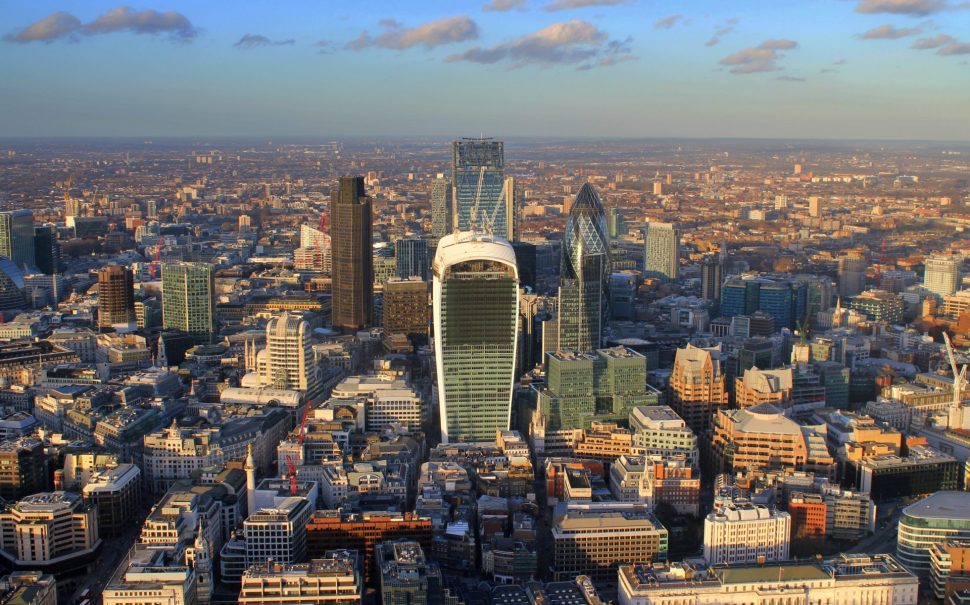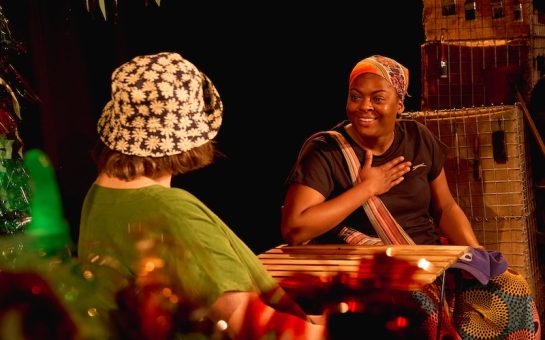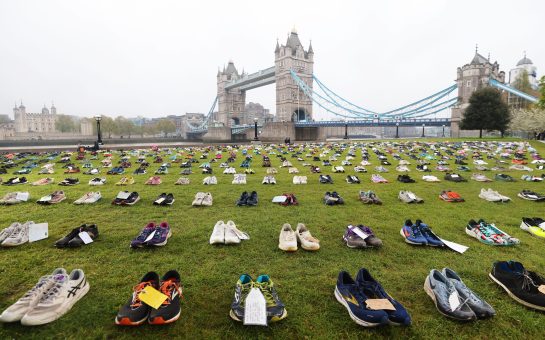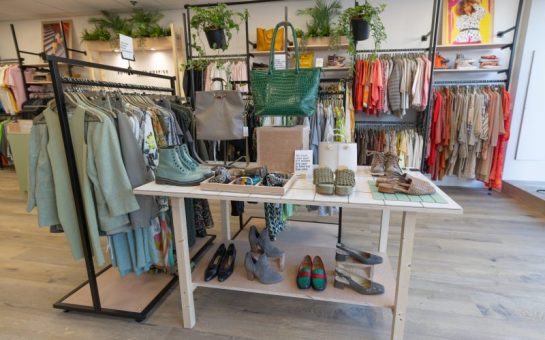UK house prices dropped in November amidst financial uncertainty as mortgage rates rose and recession loomed, after a decade of tremendous price growth.
The national average property asking price fell by 1.1% to £366,999 in November, from £371,158 in October, according to Rightmove.
That said, annual price growth as of November was still in the positive territory at 7.2%, and there was a 13% year-on-year increase in the number of new sellers coming to the housing market.
Would the recent retreat be the beginning of a reversal of the remarkable price growth seen in the last decade?
Tim Bannister, Rightmove’s Director of Property Science, said: “The plethora of predictions about what might happen to prices next year comes at a time when much is still uncertain, but what is certain is that the exceptional price growth of the last two years is unsustainable against the economic headwinds and growing affordability constraints.”
UK regional
The below chart shows Wales experienced the largest month-on-month drop by 3.0% in November, followed by Scotland where prices fell by 2.2%.
However, all regions continued to see a positive year-on-year price growth.
Yorkshire and Humber recorded over 10% of annual growth; and West Midlands, Wales, North East and East Midlands all showed at least a 9% increase on a yearly basis.
While London did not top the year-on-year price growth chart, it remained the most expensive place to live in the UK, with house prices averaging £682,422.
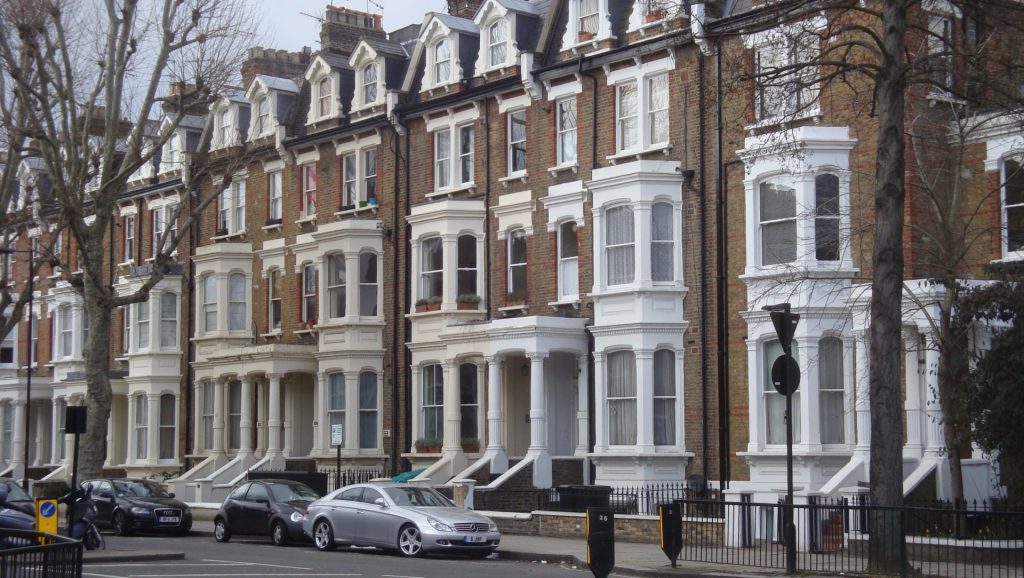
London boroughs
Let’s have a look at the top ten London boroughs with the fastest property price growth.
In terms of annual growth, Camden saw the largest increase of 12.8%, with the average price reaching £1,073,183 as of November.
This was followed by Merton and Ealing, as both recorded a 10.9% annual growth in average house price, to £761,296 and £624,111 respectively in November.
Over a longer time horizon, the picture was slightly different.
Below shows the average house price growth over the last decade as of August.
Average property prices in Waltham Forest increased the most over the last decade, by 122% from £236,018 to £524,277.
Waltham Forest is located in north east London, with the southern part of Epping Forest being part of the borough, and the River Lea lying to the west where marshes and parkland form a green corridor.
It was one of the host boroughs of the 2012 London Olympics.
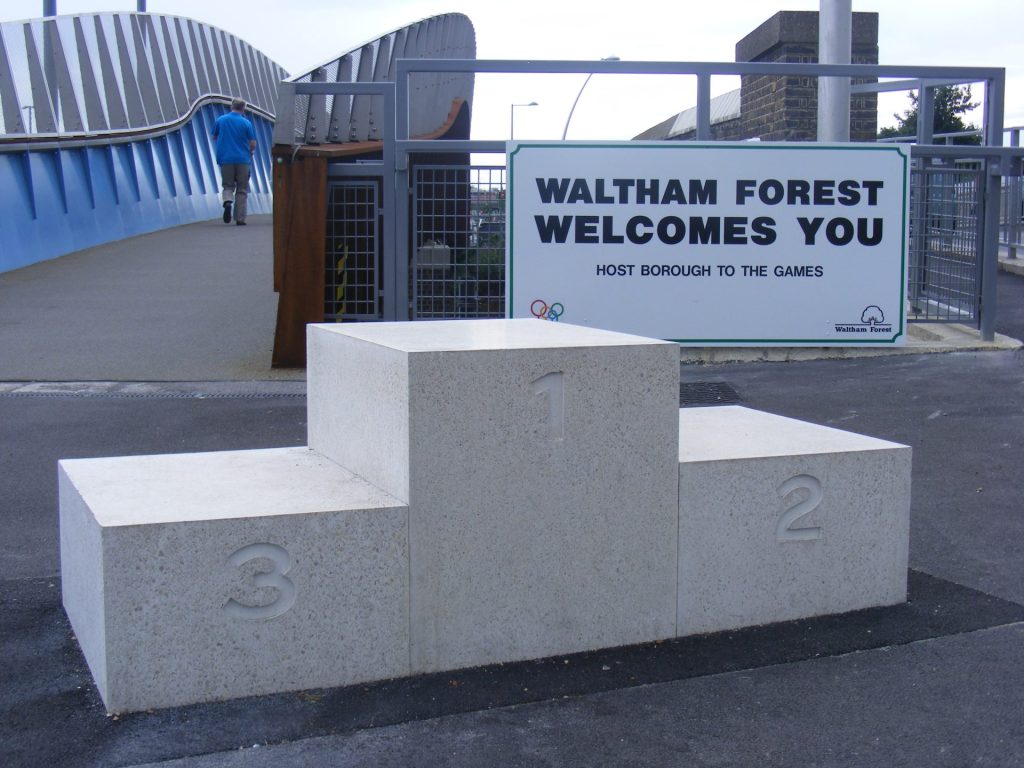
Also on the outer edges of London, Barking and Dagenham saw the second highest ten-year growth, with the average price up by 113% from £166,180 to £354,052.
The borough was designated as a national priority for urban regeneration.
Hackney followed as the third highest property price growth borough in London, with the average price rising by 101% from £333,002 to £669,429 over the last decade.
Increasingly considered as a cool and trendy neighbourhood, this inner London borough saw a lot of new property developments, as well as independent shops and restaurants.
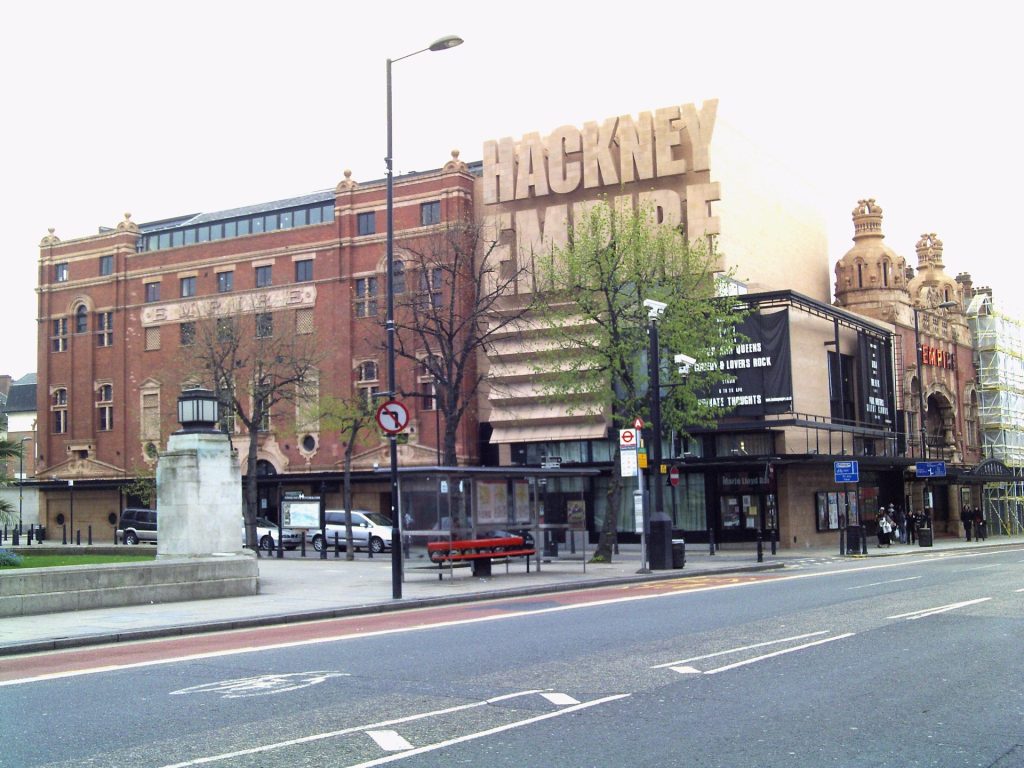
What will happen to house prices?
It is uncertain whether the fastest growth areas in the last decade would mean they could experience the sharpest drop if recession hits.
Kate Eales, head of regional agency at Strutt & Parker, said: “Most sellers we are speaking to appreciate that any adjustments to pricing comes off the back of three years of growth.
“Regardless of economic headwinds, there will always be people who need to move, and we remain in a very supply constrained market, where even if buyer demand falls, it will still outweigh the number of available homes.”
Feature image credit: Wikimedia Commons CC BY-SA 4.0
